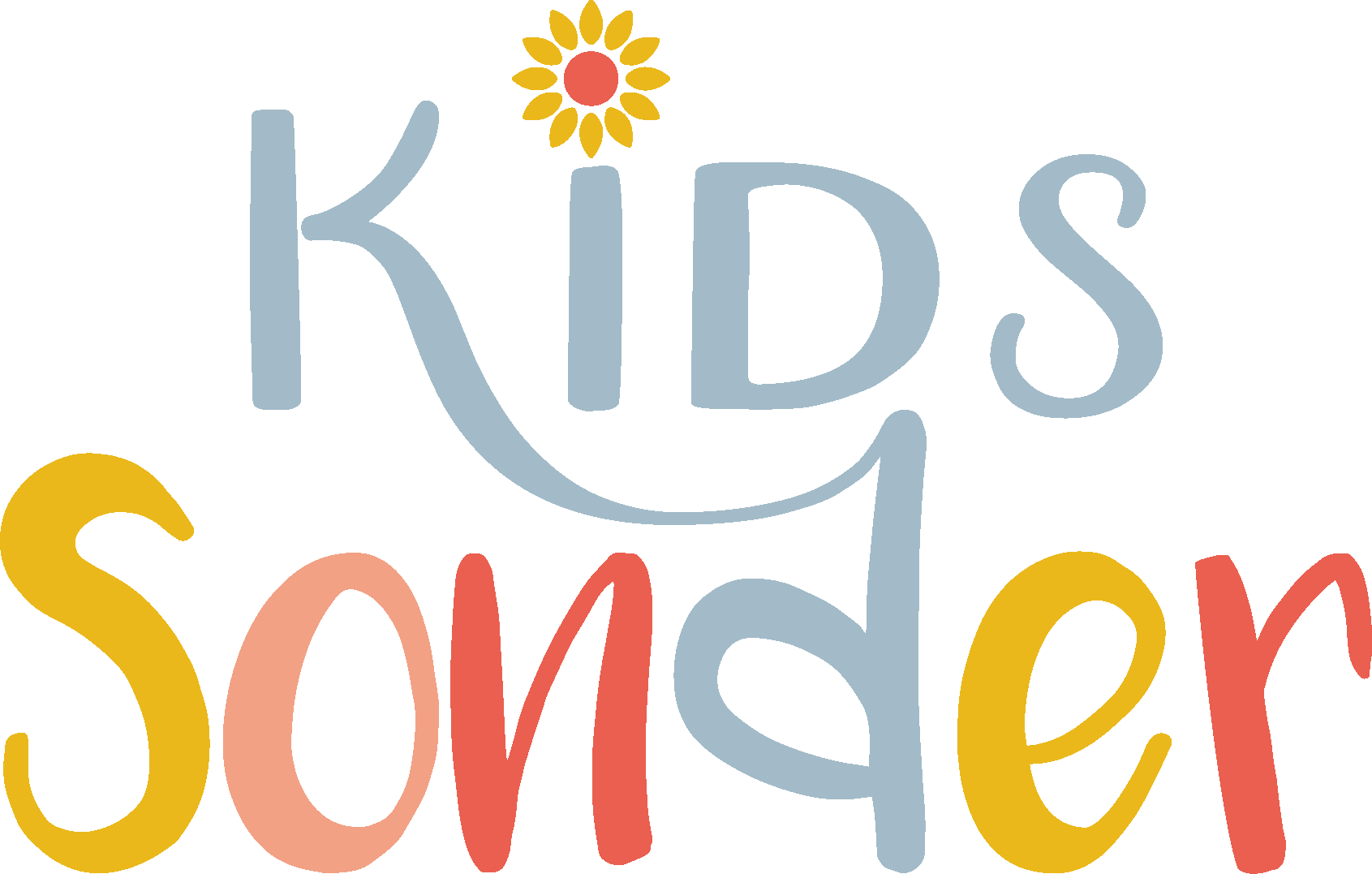Introducing kids to livestock and animal care is a fantastic way to teach empathy, responsibility, and a deeper understanding of the agricultural world. Whether through hands-on lessons or engaging activities, these experiences connect children to the animals that play such an essential role in our lives. Let’s dive into some of the best resources to help educators and parents bring these lessons to life.
Why Livestock Education Matters
Understanding livestock and their care goes beyond learning about animals; it instills critical life skills. Kids who engage in animal care activities often develop:
- Empathy: Caring for animals teaches compassion and sensitivity.
- Responsibility: Feeding, grooming, and monitoring livestock instills accountability.
- Scientific Curiosity: Learning about animal lifecycles, health, and behavior introduces scientific concepts in an approachable way.
These lessons prepare kids to appreciate the effort that goes into food production while fostering a sense of stewardship for animals and the environment.
Top 5 Resources for Teaching Livestock and Animal Care
1. Livestock Life Cycles
- Overview: Introduce kids to the stages of animal growth, from birth to maturity.
- How to Use: Use printable charts or lifecycle cards to map out the journey of animals like pigs, chickens, or cows.
-
Why It Matters: Kids learn how animals grow and contribute to agriculture, building a foundation for understanding food systems.

2. Breeds and Their Origins
- Overview: Explore the diverse world of livestock breeds and their unique traits.
- How to Use: Incorporate fun facts and activities like “Breed Origins” to connect kids with the history and characteristics of different breeds.
-
Why It Matters: Highlighting diversity helps kids appreciate the variety of animals and their roles in agriculture and how breeds came to the United States.

3. Farm Animal Taxonomy
- Overview: Dive into the scientific classification of animals to explore how species are related.
- How to Use: Use a "Farm Animal Taxonomy" flashcards to use tactile and hands-on activities to group and classify animals on the farm.
-
Why It Matters: Introduces scientific thinking and helps kids understand the relationships between different species.

4. Animal Nutrition and Health
- Overview: Teach the basics of animal diets and why proper nutrition is essential.
- How to Use: Activities like “Feed Identification Cards” provide hands-on ways to match feeds to their nutrient categories.
-
Why It Matters: Builds awareness of how farmers ensure the well-being of their animals and proper animal diets.

5. Daily Care Tasks
- Overview: Introduce the daily responsibilities of caring for livestock, from feeding to grooming.
- How to Use: Create a simulation where kids are given a budget for a 4-H/FFA sheep, goat, lamb, or horse and go through the steps of purchasing the animal and needed supplies for care and project completion.
- Why It Matters: Provides a realistic look at the hard work and dedication required to care for animals.
Activity Spotlight: “Swine Breed Origins”
A favorite activity from our lesson kits, “Swine Breed Origins”, introduces kids to the history and traits of different pig breeds. Using interactive materials, kids match breeds to their origins and learn why certain breeds are chosen for specific purposes.
- Materials Needed: Flashcards, Breed Origins Worksheet
- Steps: Discuss each breed’s characteristics and origins, then have kids pair them with their country of thistorical origins.
- Outcome: Kids develop an appreciation for livestock diversity and history of breeds and breed selective breeding.
Tips for Using These Resources
- Adapt to Your Setting: Whether in a classroom, homeschool, or 4-H club, tailor activities to fit your group size and available materials.
- Enhance with Field Trips: Visit local farms or use virtual tours to give kids hands-on experiences.
- Incorporate Technology: Use online tools and apps for virtual dissections, breed databases, and more.
Ready to Get Started?
Explore our Kids Agriculture Unboxed lessons (Livestock, Equine and Poultry) to find these resources and more. Whether you’re teaching at home, in the classroom, or leading a 4-H club, these activities are perfect for introducing kids to the rewarding world of livestock care. Let us know which resource you’re excited to try first!



